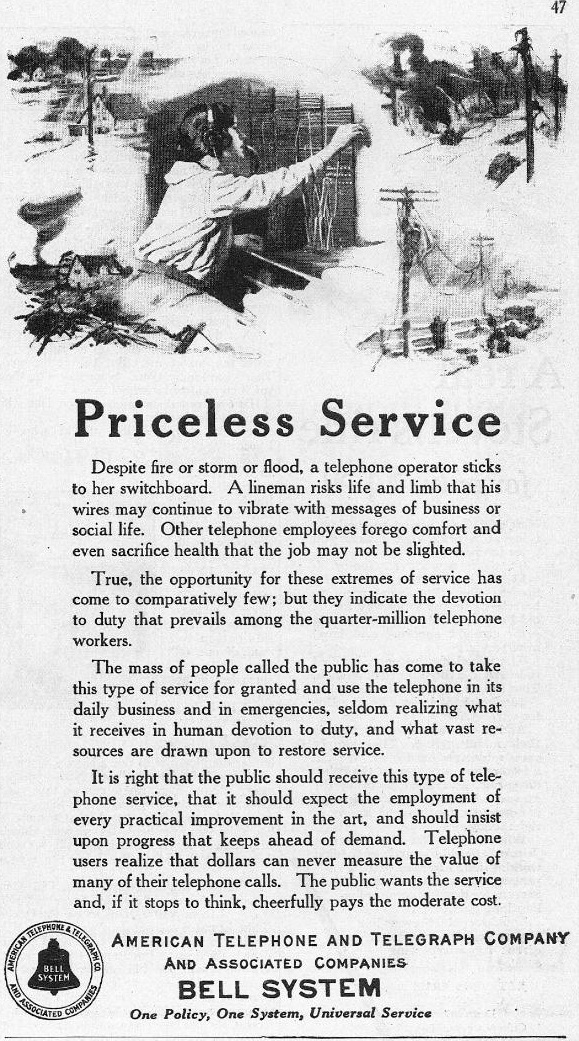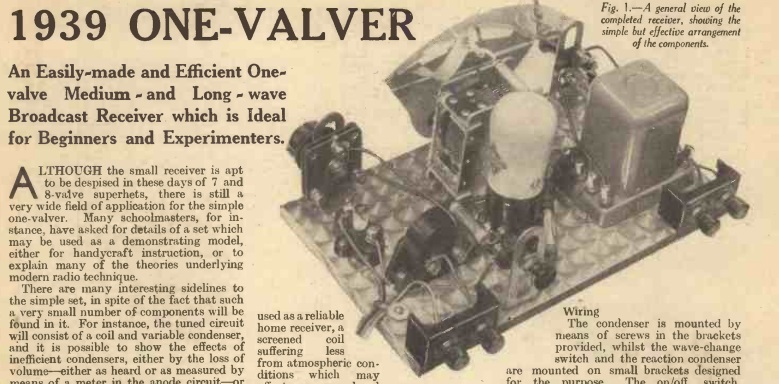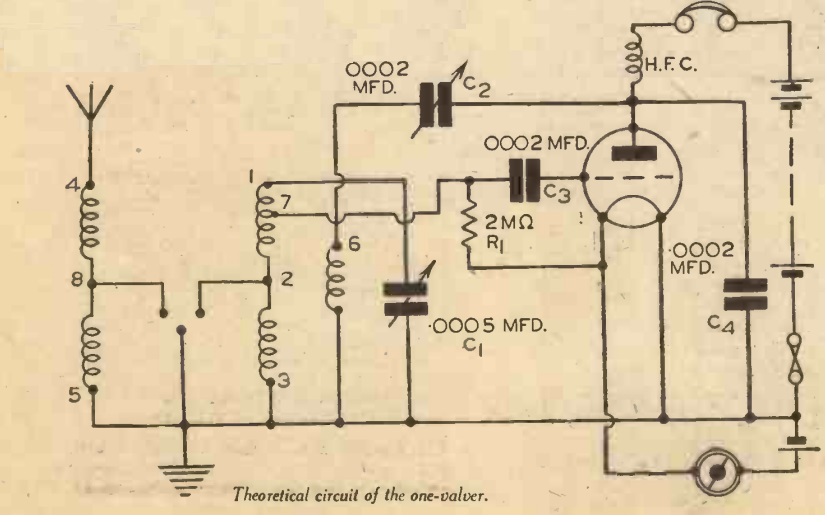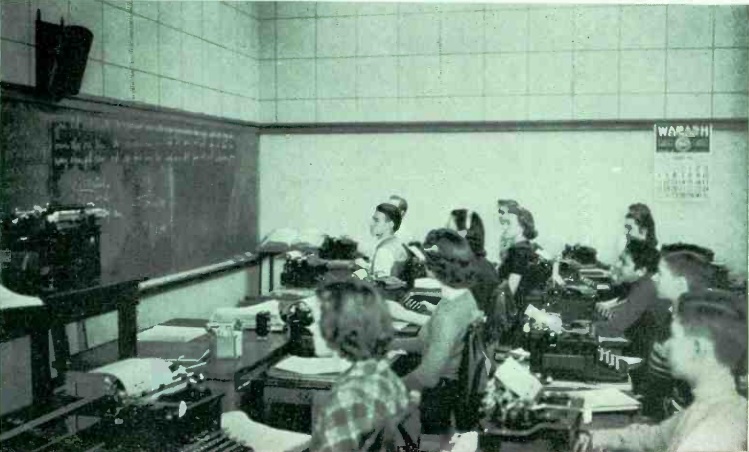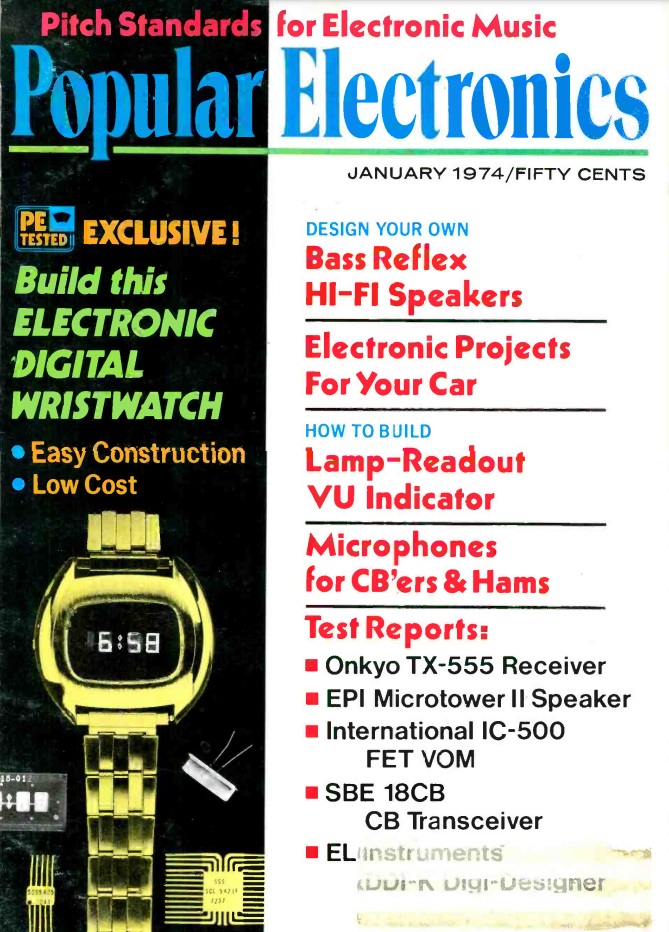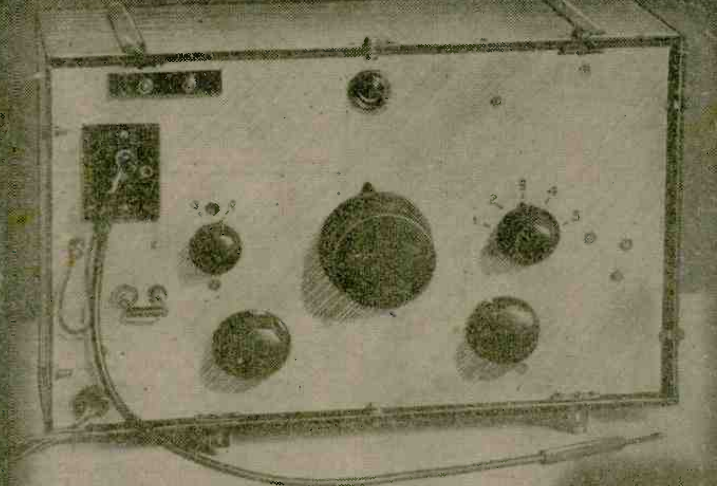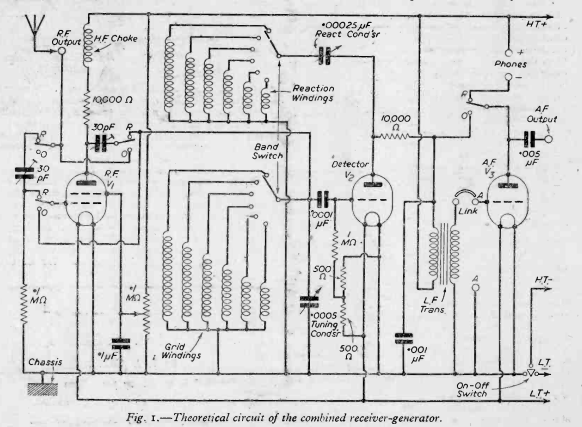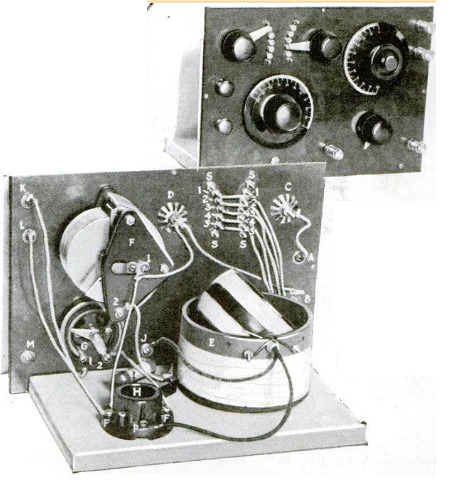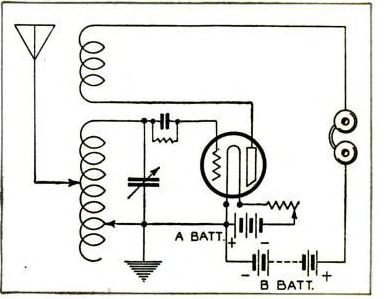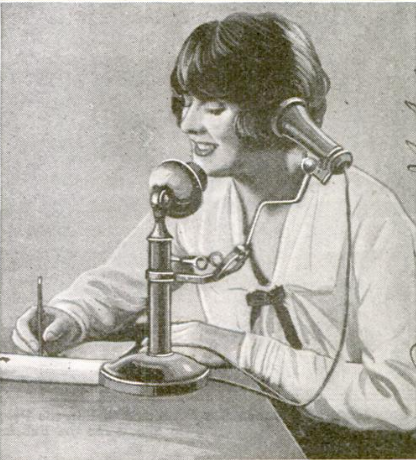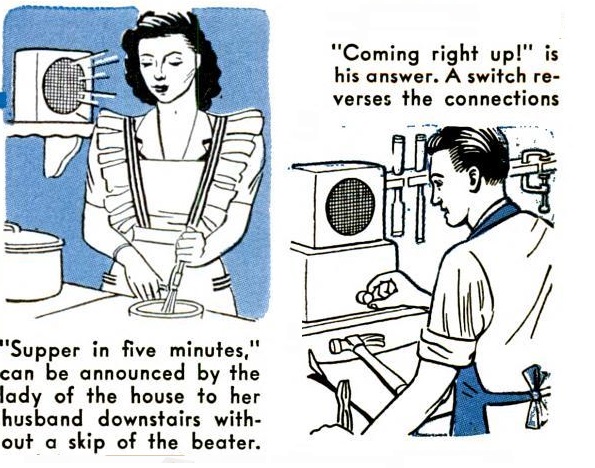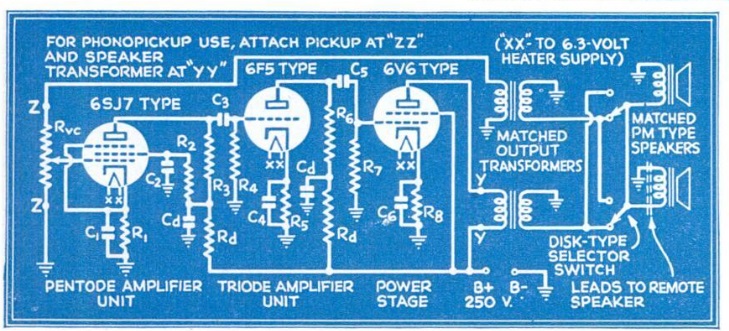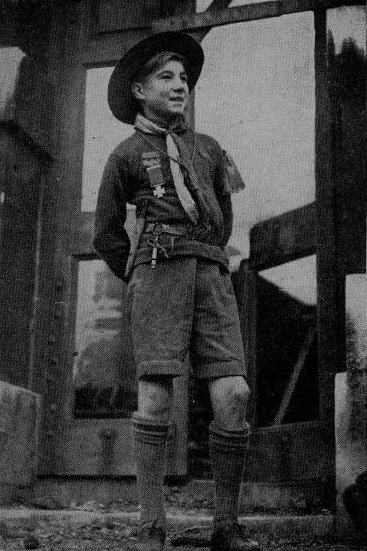 The February 1944 issue of Boys’ Life carried the stories of a number of British Scouts who had demonstrated bravery during World War II. Shown here is Scout Edward John Cox. During a heavy air raid, he was stationed at his post on the roof of St. George’s-in-the-East Church.
The February 1944 issue of Boys’ Life carried the stories of a number of British Scouts who had demonstrated bravery during World War II. Shown here is Scout Edward John Cox. During a heavy air raid, he was stationed at his post on the roof of St. George’s-in-the-East Church.
His mother and younger sisters had taken refuge in the crypt under the church. Incendiary bombs crashed around him, and he seized sandbags to quickly extinguish them. But as the raid continued, a big bomb blast into the church belfry, which almost immediately became a roaring mass of flames.
One of the men around him realized that eventually, the belfry would collapse, causing the massive bells to fall through the church and into the crypt. He raced down and gasped out the news to the marshal. Together, they started evacuating the mothers and children. Scout Cox kept going back again and again until all of the children were evacuated.
The last person had just been evacuated when the timbers of the belfry broke through the church and into the crypt.
The UK Scout Association awarded Scout Cox the Silver Cross, an award for acts of bravery in the face of danger where life has been at considerable risk.

